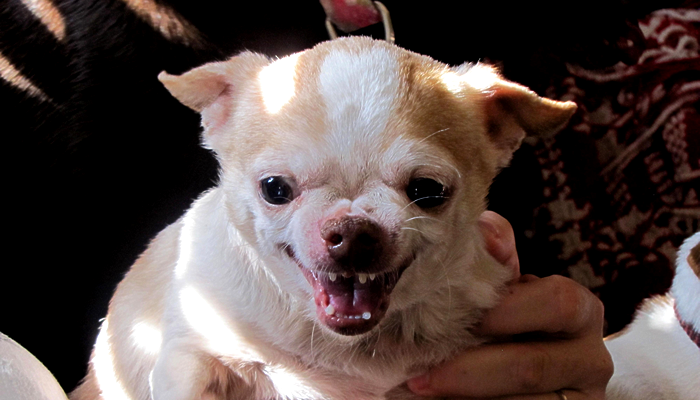Anytime there is a behavior change in our dogs, or cats, it’s a signal that there’s a problem going on. Because they don’t have little red lights telling us where the problem is we have to try to figure it out, and they have to try to figure out how to tell us. It is common in older pets to have arthritis and similar pains, just like it is in older humans. Other things that can be going on including urinary tract infection, dental disease, and something wrong on the inside.
It is amazing how common bladder infections are in older dogs (cats, too). Between being a little bit arthritic and not hunching as much as normal so all the urine doesn’t come out, and a weaker immune system, it is common to find a bladder infection in an older dog who gave you no hint.
It’s also common for older dogs to have rotten teeth; they will continue eating but not feel very good. A lot of dog owners worry about putting their older dog under anesthesia. I think it’s a lot like us humans when we’re over 80 years old: we will still want the surgery done but our doctors will take extra precautions. It’s the same way with our older dog and cat patients.
As guardians of older dogs we need to always be aware of what may going on on the inside. Unfortunately cancer is becoming more and more common in pets. Therefore, if your dog has behavior change, is becoming cranky or aggressive, there’s no bladder infection, and the teeth are good, there’s reason to do blood work and perhaps x-rays to see if there’s any sign of something else going wrong on the inside.
If you are fortunate and the cause is arthritis then you are in luck! Pain medication, chiropractic care, massage, and gentle exercise are all great things to reduce pain and make your dog feel better for longer.

